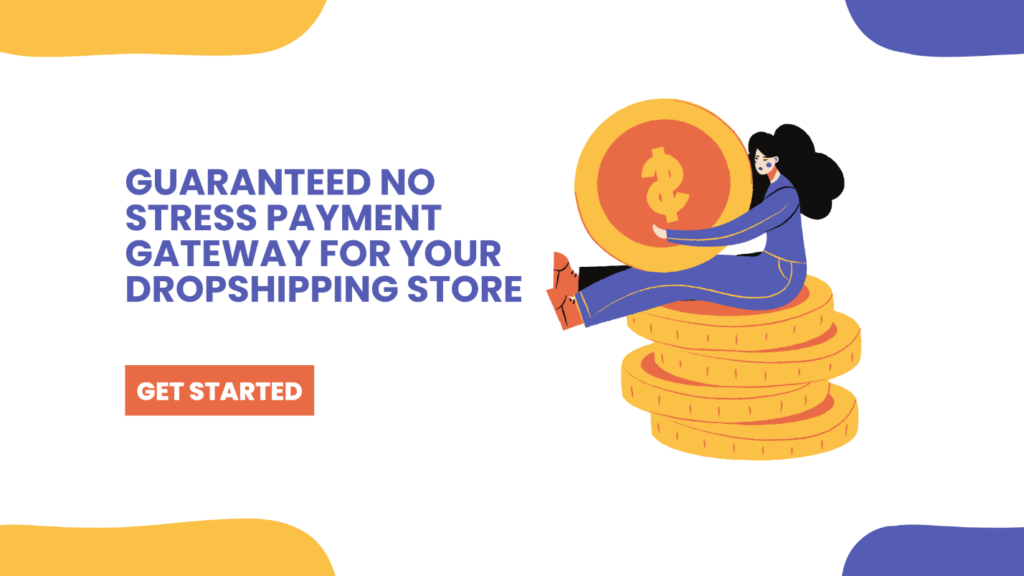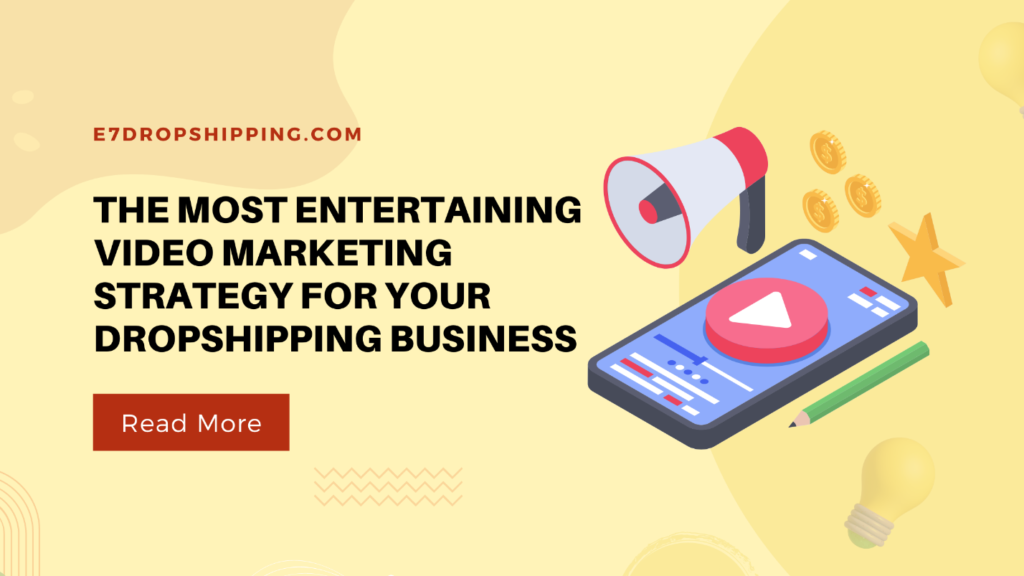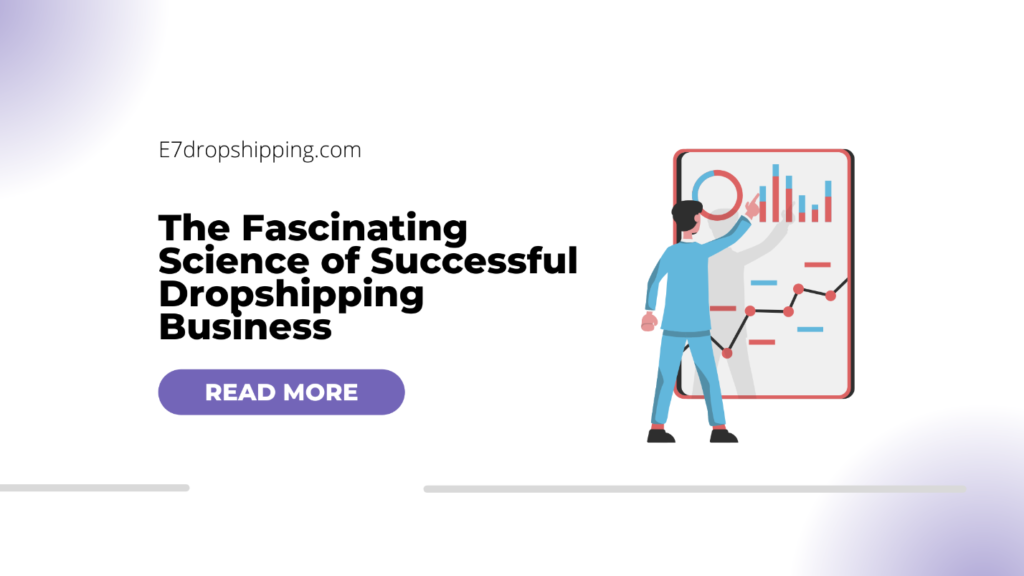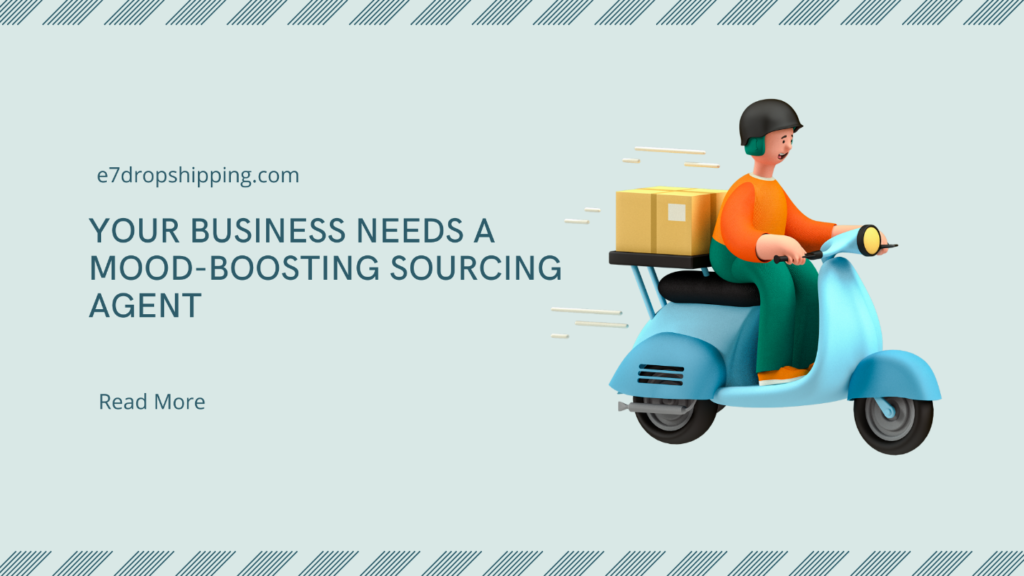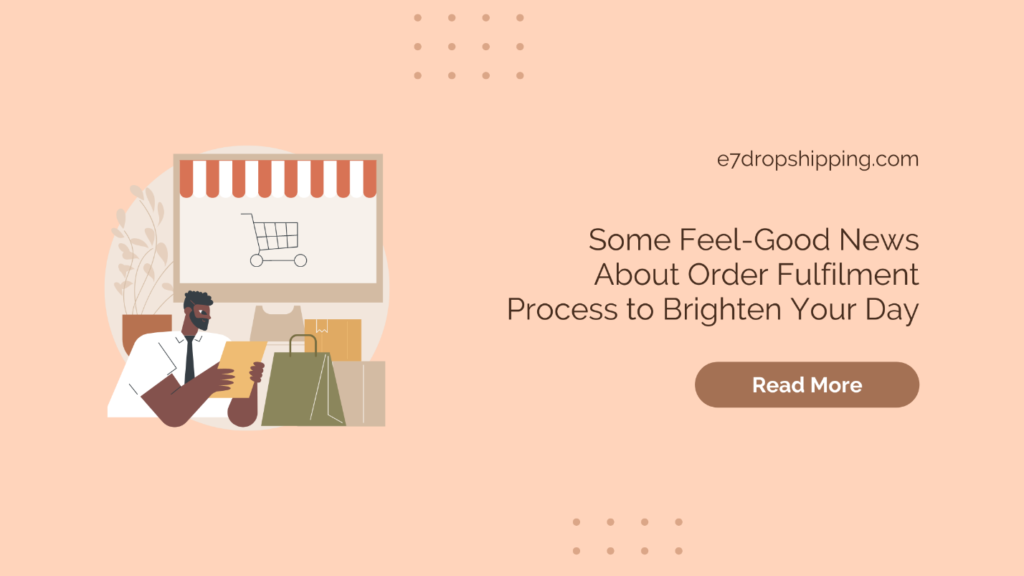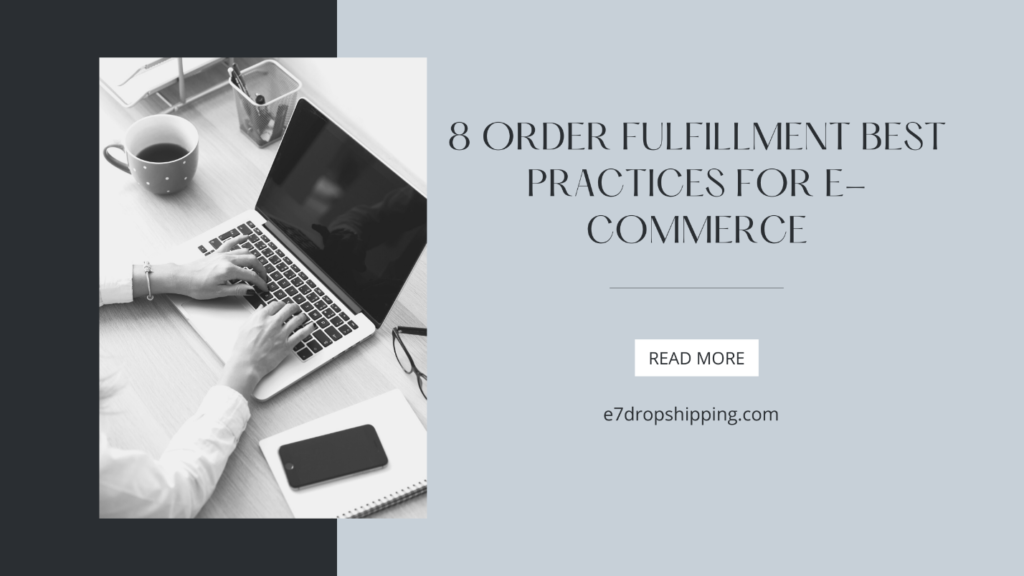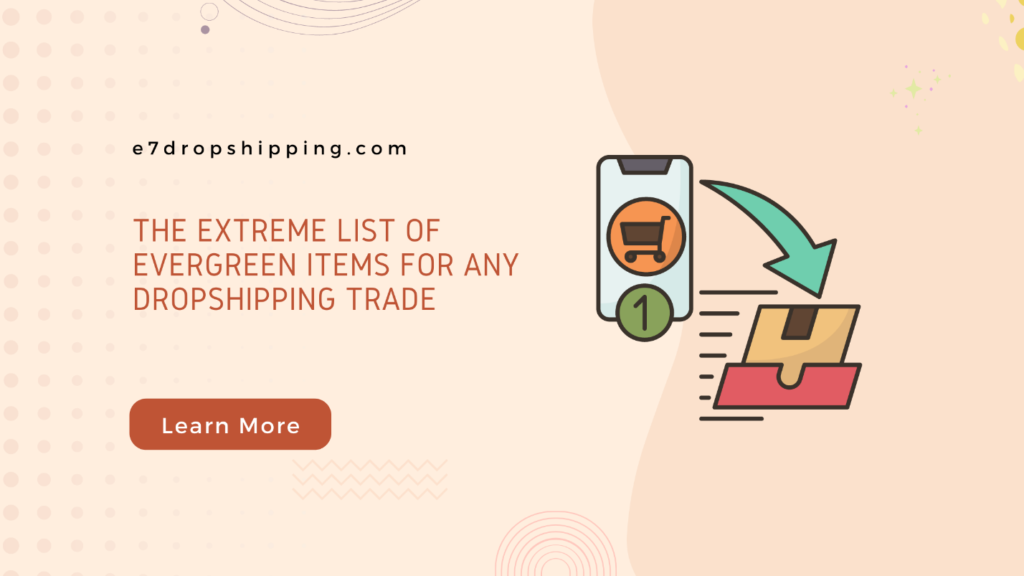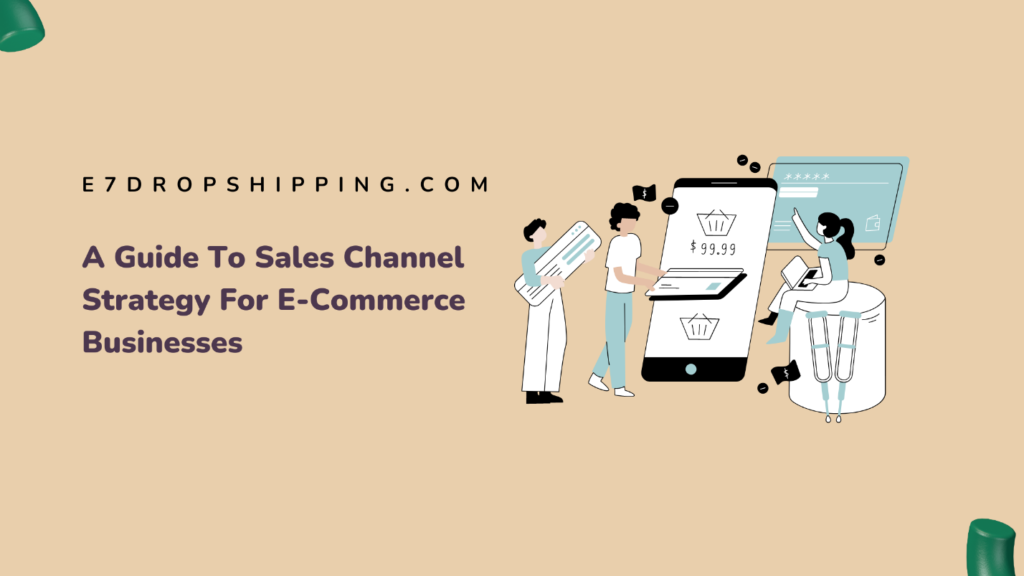You can’t list your products for sale just anywhere and expect sales to pour in. These days, the best and most sustainable model of success is choosing a few high-performing sales channels that empower the sale of your goods. This time-tested strategy is proven to result in better sales, better customer relationships, and better yearly profits overall—not something to be taken lightly.
Sales channels are one of the most powerful tools in the ecommerce world. Not only are they critical for boosting sales volume, but they help your brand remain competent and competitive in an increasingly complicated digital landscape. Leverage them to own every aspect of the customer experience—buying, returns, etc.—and reach end consumers in a way that makes a lasting impact.
But establishing a multichannel sales strategy takes a great deal of work—even in an ecommerce context. Today, 21% of marketers say that a lack of understanding of how to develop multichannel campaigns has kept them from leveraging a channel strategy.
Types of sales channels
Modern businesses have dozens of platforms to grow their brand, from traditional channels to newer, sleeker options. Each channel is used for a different purpose and has its own advantages and drawbacks. Here’s a look at some of the most popular channels:
Ecommerce: Ecommerce channels include almost any online storefront, from smartphone retail websites to online fashion shops. They’re easy to tap into, especially when companies like Shopify are powering their back end.
Traditional marketplaces: Third-party channels like Amazon, Etsy, and eBay are great examples of traditional channels. They’re extremely easy to integrate with but sometimes very limiting with restrictive requirements.
Modern marketplaces: Modern or trendy channels like TikTok, Spotify, and Instagram capture the audience’s attention with newer features. These are great options for upselling and cross-selling, although content must be constantly published to remain relevant.
Retail: Any physical storefront is an example of a retail channel. Unlike digital channels, you can bring your customers face-to-face with your product. However, it will likely be far more expensive than other channels.
Wholesale: Channels like Handshake allow merchants to sell bulk quantities of their products. This option keeps costs down while moving lots of inventory.
Resellers: If you repackage, rebuild, or otherwise affiliate yourself with third-party products, you will own what’s called a “reseller” channel. This is a fantastic sales option that is both simple and cheap, although the legal guidelines surrounding reselling may be complicated.
White label: The term “white label” refers to sales channels that rely on printing your logo on generic products. While you can leverage white label channels for trendy products (think fidget spinners), this is an extremely competitive channel to utilize.
Mobile apps: Sales made from mobile apps make up 10% of all retail sales in the United States. There’s lots of opportunity here: it’s fast, convenient, and very flexible. But be warned—building an app is no cheap task.
B2B sales: If your business sells to other businesses, you’re a part of B2B’s $1.8 trillion sales channel. In this strategy, your likelihood of repeat customers is high. However, note that the sales cycle of a B2B channel is relatively long.
Partnerships: You can partner with individual companies or people to help promote your products (think influencers or sponsorships). This channel is perfect for building social proof, although it may sacrifice some of your profits.
Bear in mind that not all of these sales channels will be a good fit for your online business. Some may work better than others, while some may not work at all. It’s good to do plenty of research before choosing a platform.
The case for multiple sales channels
Many new brands focus on a single sales channel in the initial stages of their operation. However, scaling a business requires a multichannel sales strategy that increases the chances of a customer interacting with your brand.
The benefits of having multiple sales channels are well documented:
Companies that maintain multiple sales channels are able to retain 89% of their customers. That’s nine out of every 10 buyers!
Customers are 23 times more satisfied with brands that use multiple sales channels. This also enhances the customer experience, leading to repeat purchases.
The more integrative your sales channels are, the more customers are likely to spend. Research shows that customers spend 10% more with companies that have multiple sales channels.
A heavily curated multichannel strategy has the potential to take your brand to the next level. By applying all best practices and creating room for agility, businesses can push their way to the top of the ecommerce ladder.
Making your ecommerce store a center of operations
Diversifying your ecommerce channels is a must for any successful strategy. However, it’s your website—not external channels—that should be at the center of it all.
Whether you sell primarily through social media or through a distributor like Amazon, having an optimized online store is critical to scaling sales over time.
Here’s why it’s so important to make your ecommerce website the heart of your sales channel strategy.
1. Simple to use
There’s no doubt about it: website stores are just simple to use. More than 2.14 billion people are expected to buy goods online in the next few years, many of whom are already familiar with the online checkout processes on ecommerce websites and online stores.
2. Easy to build
Many online stores can be built cheaply, knowledgeably, and at scale. Platforms like Shopify allow individuals and companies to drag-and-drop elements into a field to be published. You can also use your ecommerce site to direct people to other sales channels, including social media platforms or apps.
3. Control restrictions
External sales platforms (the ones you don’t own) have strict requirements for listing or selling products. Internal platforms (such as your website) have far fewer. Easily list and sell whatever you choose, and add specific descriptions, product photos, or comment and rating systems that complement your needs.
4. Express your brand
More than 70% of customers want personalized experiences with your business. Make your brand voice count by sprinkling delight into your images, copy, voice, and tone. Try using different fonts, colors, and styles that bring out the best of your brand and its values.
This example from Fashion Nova highlights the company’s fun personality without compromising other sales channels.
